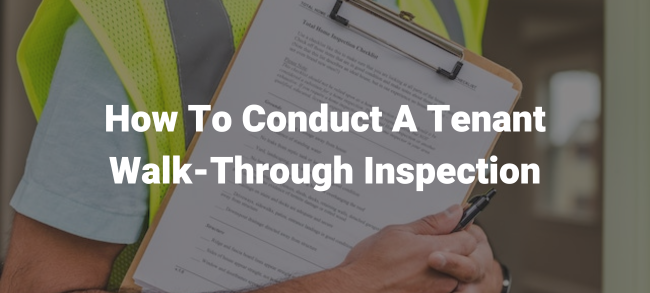How to Avoid Water Damage in Your Rental Property
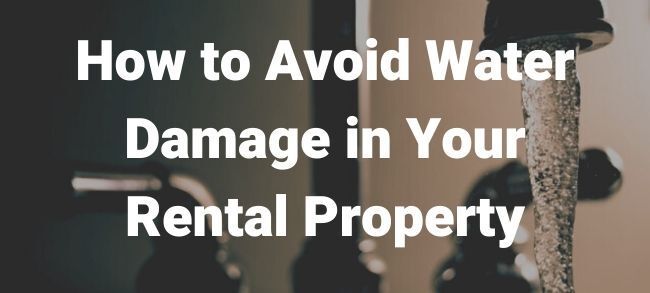
According to the Environmental Protection Agency (EPA), 10% of homes have leaks that account for about 90 gallons of water wasted every day.
As you probably know, water leaks can result in thousands of dollars in property damage. Therefore, it’s important to take proactive steps to prevent water damage from occurring in your rental property. Below is a guide on how you can do just that.
What Causes Water Damage?
Water damage can be caused by many things, some of which include the following:
- Faulty appliances.
- Leaking water pipes.
- Exposed water supply lines.
- Clogged drains or gutters.
- Septic tank overflow.
- Natural disasters.
- Buildup in areas prone to collecting water, such as attics and crawl spaces.
- Overgrown tree roots.
- Improper insulation of pipes.
What Are Some Telltale Signs of Water Damage?
Not all signs are going to be apparent right away. Therefore you should make sure to act immediately if you suspect water leakage. Usually, you’ll need to hire professionals to help you find and diagnose the issue.

The following are common signs of water damage in a home.
- Damaged flooring.
- Sagging walls and ceilings.
- Damaged paint and wallpaper.
- Odors.
- Visible mold growth.
- Standing water.
- Water stains.
- Sounds of dripping water.
- Humidity and dampness.
- Increase in utility bills.
How Can You Avoid Water Damage in Your Rental Property?
You can reduce the risk of property damage in various ways, including the following.
Tip #1: Check the gutters.
When doing an inspection of the interior, keep gutters in mind. At the very minimum, you should inspect them at least once every year.
A buildup of debris in the gutters over time can cause blockages and overflow issues. This leaves standing water to collect and eventually overflow. The overflowing water can then damage the walls and the foundation.
Tip #2: Check the downspouts.
Just like in gutters, debris will also collect in the downspouts over time. This usually tends to occur during the spring and fall seasons. The collected debris can then cause clogs on your property’s downspouts.
A clogged downspout can cause water to run back under your roofline. Consequently, damage can occur to the plywood that’s under the roof and soffit.
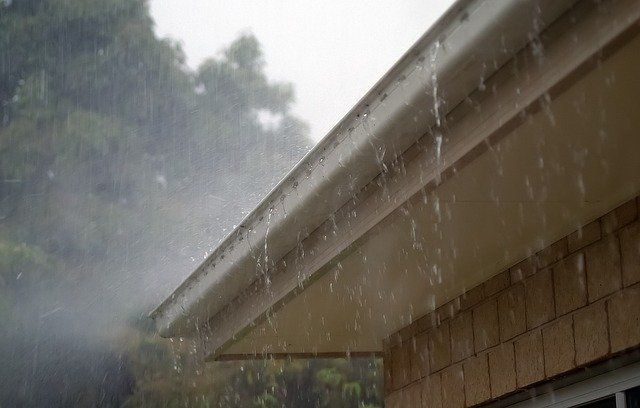
Generally speaking, you should make a point of cleaning your downspouts at least twice a year. The exact frequency of cleaning should depend on the sort of foliage you have near your home.
Tip #3: Check the grading of the yard.
A properly graded yard is important for preventing water damage. Stagnant water is not only an eyesore, but it can also cause structural issues and become a health hazard to your tenants.
There are two types of yard grading: negative and positive. A yard is said to have negative grading if it sits at the lowest point of your plot. It’ll cause water to pool near your home’s foundation, causing a myriad of issues.
A positive yard grading is preferred. When it rains, water will flow away from your home and foundation.
Tip #4: Inspect your roof’s condition.
The inspection of a roof is often overlooked. After all, out of sight out of mind, right? However, this can turn out to be potentially costly for you.
The following are some telltale signs that your roof is failing.
- Your heating and cooling bills have spiked.
- Your roof is 20 years old.
- There are areas where the flashing is either damaged or missing.
- There are signs of water damage inside your attic.
- You have granules in your gutters.
- Certain areas of your roof are dark or dirty.
- The roof is sagging.
- Your roof shingles are cracking, curling, dry, or blistering.
- There are several shingles that are loose or missing.
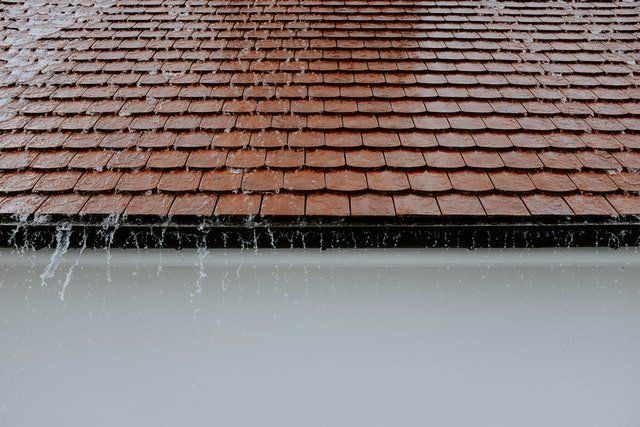
If you have noticed any of these signs, get your roof repaired as quickly as possible. If you don’t, the resulting water damage can be extensive and expensive to repair.
Tip #5: Inspect the property’s foundation.
Water is the number one cause of foundation problems in structures. And the problem is especially common in areas that have poor soil conditions, as we have here in Florida.
The following are some signs that your home’s foundation integrity has been compromised.
- Doors and windows sticking or not latching.
- Cracks in the drywall.
- A damp crawl space.
- Soft and spongy floorboards.
- Sinking ground around the house.
- Cracks on the exterior wall.
If you notice any of these signs, seek professional help from a home foundation inspection company.
Tip #6: Install a water leak detection device.
Leak detection systems work by monitoring the pattern of the water floor. They operate on a principle known as acoustics or the principles of sounds.
In the event of a leak, the detection devices will shut off the water supply, essentially preventing potential water damage.
According to pcmag.com, smart water sensors covering an entire house can cost anywhere between $500 and $2,500.
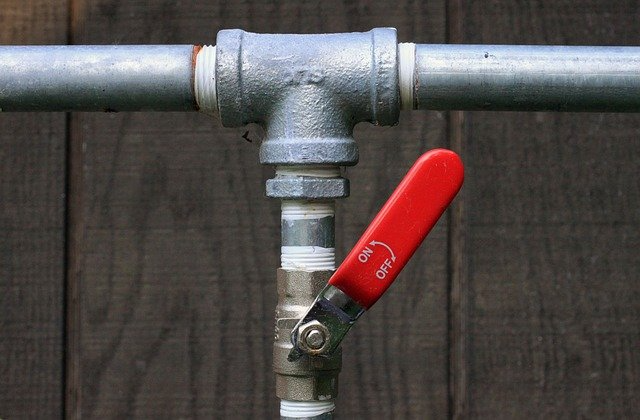
Bottom Line
As a landlord, you have a responsibility of ensuring your rental property abides by Florida’s health, safety, and building codes, which includes keeping it free of water damage.
If you still have questions in this regard, Advantage Realty Services can help. We’re a trusted property management company in Tampa, FL, with over 31 years of experience in managing rentals. If you're worried about water damage or other concerns with property maintenance, let us manage your property. Our other services include collecting rent and screening tenants.
Contact us today to learn how we can help you maximize the returns on your investment!


